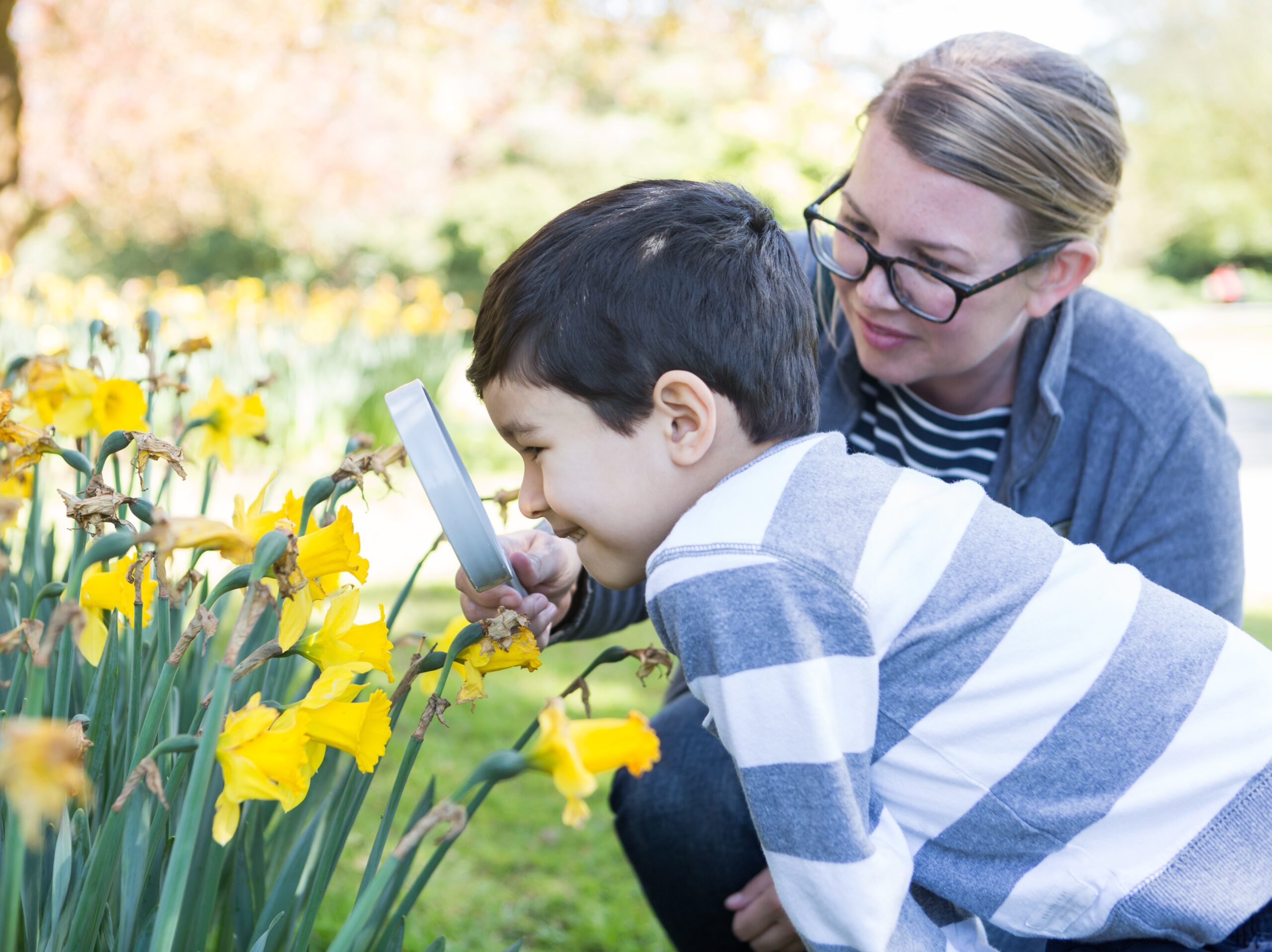
Contributor
- Topics: Archive
Rosalind Creasy’s first book, The Complete Book of Edible Landscaping, was revolutionary in 1982. Gardens of the Mediterranean have always focused on edibles, and the gardens of North America’s pioneers and missionaries were usually devoted to the production of food for the family or community. But to consider those edible crops as ornamental was a fairly radical notion. Ros changed our way of thinking by pointing out that edible plants are beautiful and just as worthy of inclusion in a garden’s design as those plants popularly identified as “ornamental.”
Ros is passionate about growing her own food and in encouraging others to do so. She long ago tore out her front lawn and junipers to create an experimental—but always beautiful—edible landscape that continues to enhance her otherwise conventional suburban cul-de-sac on the San Francisco Peninsula. With that as her test garden, and her own kitchen for taste-testing recipes, she proceeded to publish Cooking from the Garden (1988) and more than a dozen other books on the subject—magnificent books, each a combination of garden guide, cookbook, and coffee table book, with mouthwatering color photographs of plants in the garden and on the dining table.
Ros has returned now with an updated and expanded edition of her trendsetting book; the title is simpler, but the treasure inside is even greater. Ros is clear about this being a book about design, not just about how to grow fruits and vegetables. In all, eight chapters—nearly half the book—focus on design issues, beginning with a brief history of landscape design. She is also clear that laying the groundwork is the most important step in any garden, and writes extensively about the need to acknowledge the opportunities and constraints of a garden’s climate (“getting along with Mother Nature”), and about soils, amendments, compost, and mulches. As a landscape designer, she admits an evolving appreciation for the role of hardscape in a garden and presents strong arguments in support of a design that is not “all plants.”
In thoughtfully organized text, Ros carries the reader through the design process, from site survey and an analysis of family needs to detailed drawings (noting when it might be wise to hire a professional), to the construction and planting of the garden. Each chapter features real-life examples of gardens that emphasize edibles—showing that it can be done, and in a variety of climatic situations. She devotes chapters to designing with herbs, with vegetables, and with fruits, berries, and nuts, suggesting how all these plants can be worked into even the most conventional of home landscapes. She also recognizes the trend for smaller gardens and devotes a chapter to designing for small spaces.
The major segment of the book is An Encyclopedia of Edibles, retained, but updated, from her original book. This is full of detailed information about the cultivation and culinary use of more than one hundred kinds of garden edibles; a highlight is her recommendation of specific cultivars—new and old. The appendixes offer yet more information on edibles, including The Big List, which offers concise information about another 200 kinds of edible plants suitable for the landscape. Planting and maintenance are nicely packaged in two appendixes, with clear and direct guidelines for maintaining a healthy and productive garden—chemical free!
Along the way, Ros provides links to books, websites, and other resources of value to the home gardener. An extensive bibliography and resource list (for seeds and plants, equipment, and gardens to visit) round out the back matter. With decades of experience as gardener, designer, cook, writer, lecturer, environmentalist, consultant, and photographer, Ros has put it all together into the most complete, inspiring, and mouth-watering book on edible landscaping available.
Richard G Turner Jr, editor
Share:
Social Media
Garden Futurist Podcast
Most Popular
Videos
Topics
Related Posts

Ground Up Science for Greener Cities with Garden Futurist Dr. Alessandro Ossola
Spring 2023 Listen to the Podcast here. Alessandro Ossola is a scientist who gets very excited about the challenge of climate change allowing for an

Readying Urban Forests for Climate Realities with Garden Futurist Dr. Greg McPherson
Winter 2023 Listen to the Podcast here. “Going from the mow and blow to a more horticulturally knowledgeable approach to maintaining the landscape. And that

January Showers Bring February flowers…
Fall 2022 It may not quite have the same ring to it as the old English proverb, but it has a lot more truth to

Low Maintenance Gardens – Better for Pollinators and People
Autumn 2022 “I come out every day. It’s therapy, my meditation.” Janet’s young garden transformed from overgrown, invasive plants to mostly natives. The dailiness of








Responses